The Amazon rainforest is the largest remaining tropical rainforest in the world. It’s also the most biodiverse. One in ten of all known species are found here, including many that are endangered and found nowhere else. It’s big and it’s beautiful, and it’s vitally important, not least because it stores vast amounts of carbon, influences rainfall patterns across South America, and affects climate on a much broader scale.
In the last 40 years, around a fifth of the rainforest has been felled or burned to make way for cattle ranches and other activities. Now scientists fear it’s on the verge of irreparable damage. We lose it at our peril.
We need to act now to save one of the world’s last true wonders.
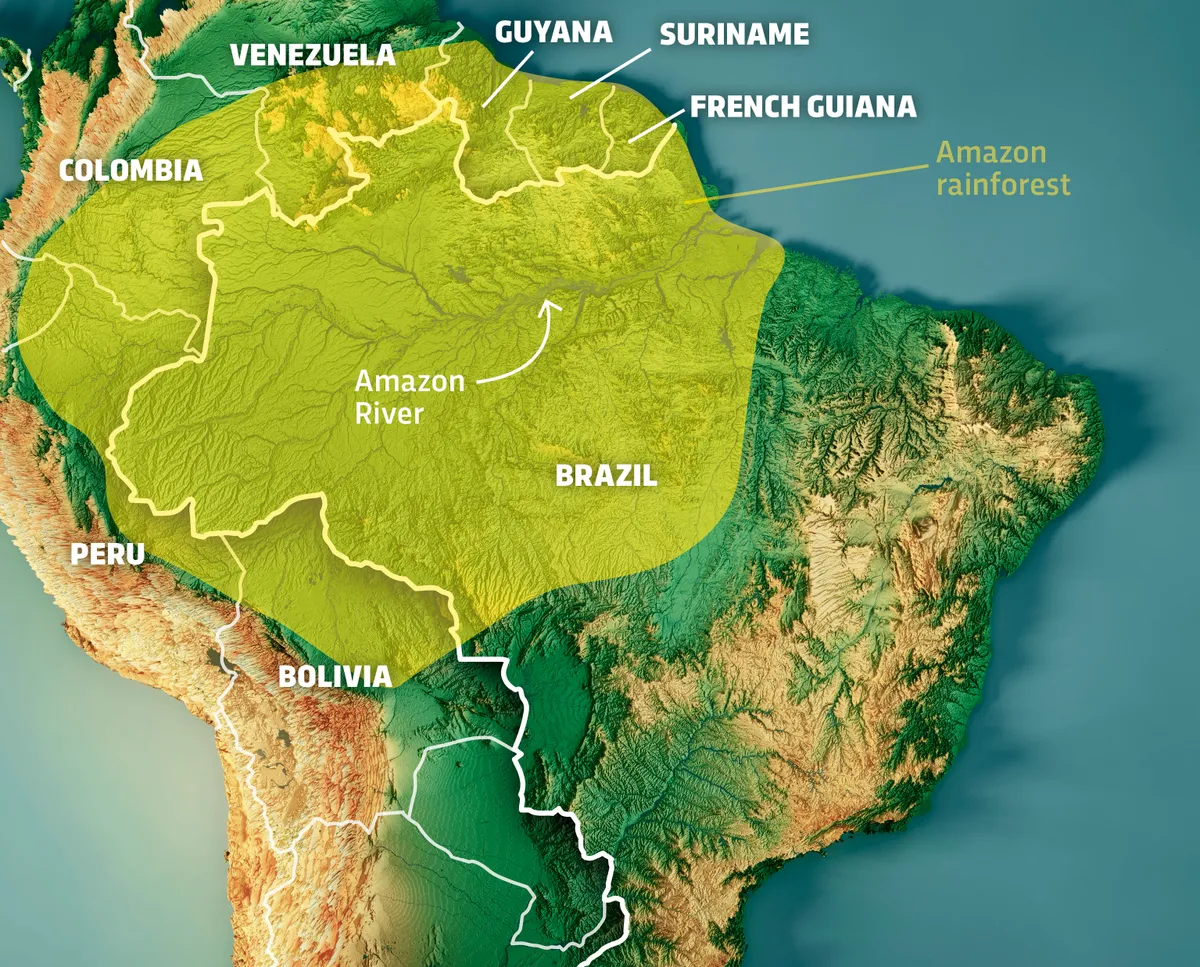
Spanning nine nations including Brazil, Peru and Colombia, the Amazon rainforest occupies 5.5 million square kilometres. Less than half of this area is protected. The AmazonRiver, which runs through it, flows for more than 6,500km. It’sthe world’ssecond longest river after the Nileand is responsible for around 15 percent of theplanet’s total river discharge into the oceans.
Who lives in the Amazon rainforest?
People have been living in the Amazon for at least 10,000 years. Ancient settlers cultivated native trees such as the Brazil nut, maripa palm, and cocoa tree, and in time this influenced the rainforest’s makeup. The southwestern section, for example, is rich in these species.
When the first Europeans arrived in South America in the late 15th Century, there were about 6.8 million indigenous people living there. The colonists carried infectious diseases, such as malaria and influenza, that killed millions of Amazonians. Thousands more were enslaved or displaced.
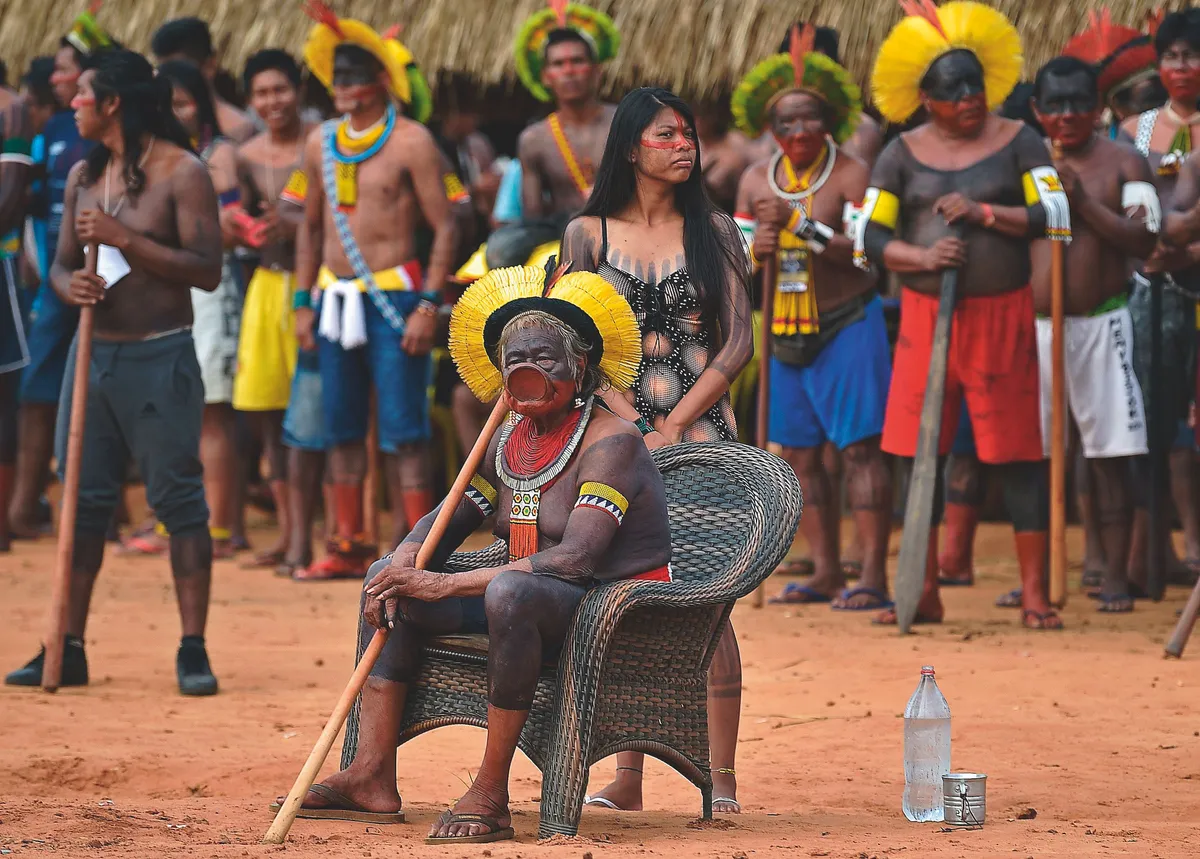
Today, around30million people live in the Amazon region, of which 2.7 million are indigenous, representing more than 350 different ethnic groups. Most live in indigenous reserves known as ‘resguardos’ where their lifestyles incorporate a mix of traditional and Western elements. Around 60 tribes, however, live in voluntary isolation, and stick largely to the tried and tested ways of their ancestors.
How much biodiversity is there in the Amazon?
The Amazon is home to at least 10 per cent of the world’s known biodiversity. From hummingbirds to hoatzins, there are more than 1,000 different species of birds. There are over 500 different reptile species, including black caiman and green anacondas, and more than 400 species of amphibians, including the giant cane toad and the notoriously toxic poison dart frog.
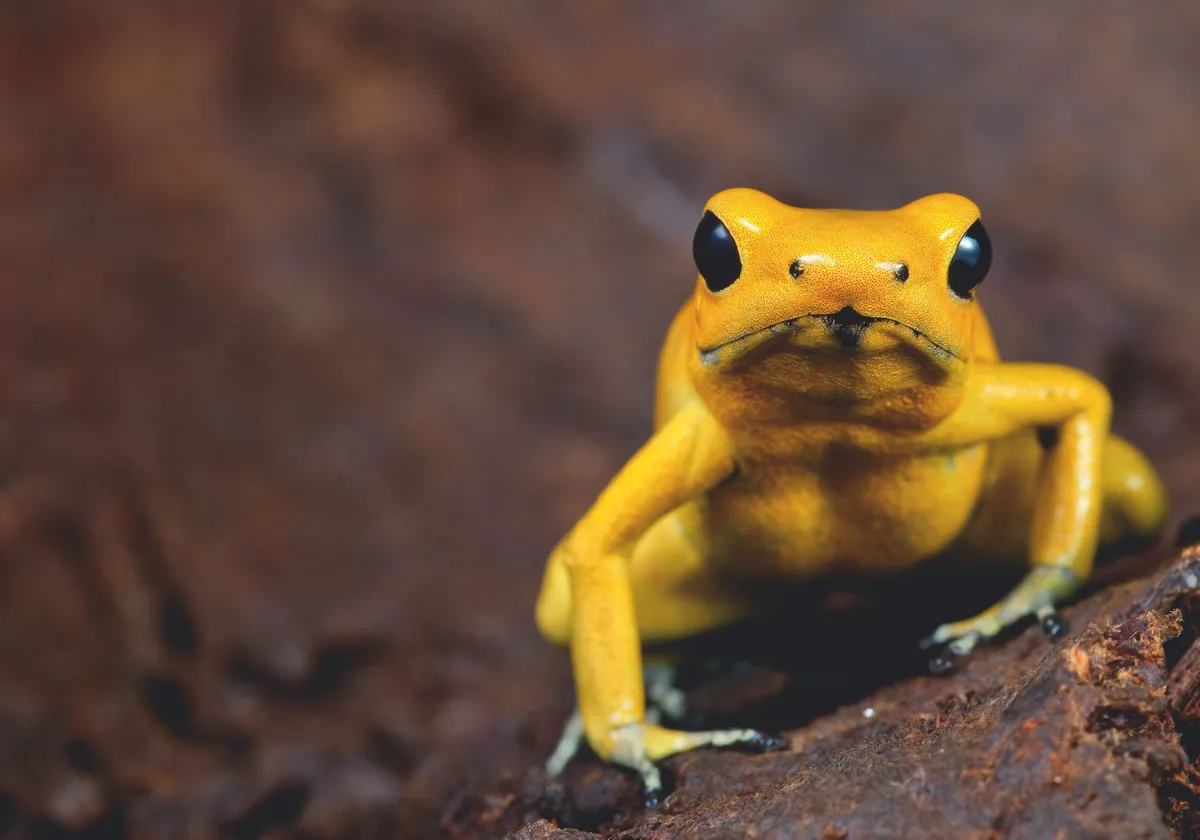
The region is a refuge for more than 300 species of mammals, including giant otters, ocelots and sloths. It is also one of the last refuges for jaguars and pink river dolphins. The Amazon River contains around 3,000 freshwater fish species, which is more than any other river system. One in five fish species live here.
There are an estimated 2.5 million insect species. And on just one tree, there can be more types of ant, than there are in some countries. Let’s not forget the plant life either. The rainforest contains around 80,000 plant species, including 390 billion trees of around 16,000 species.
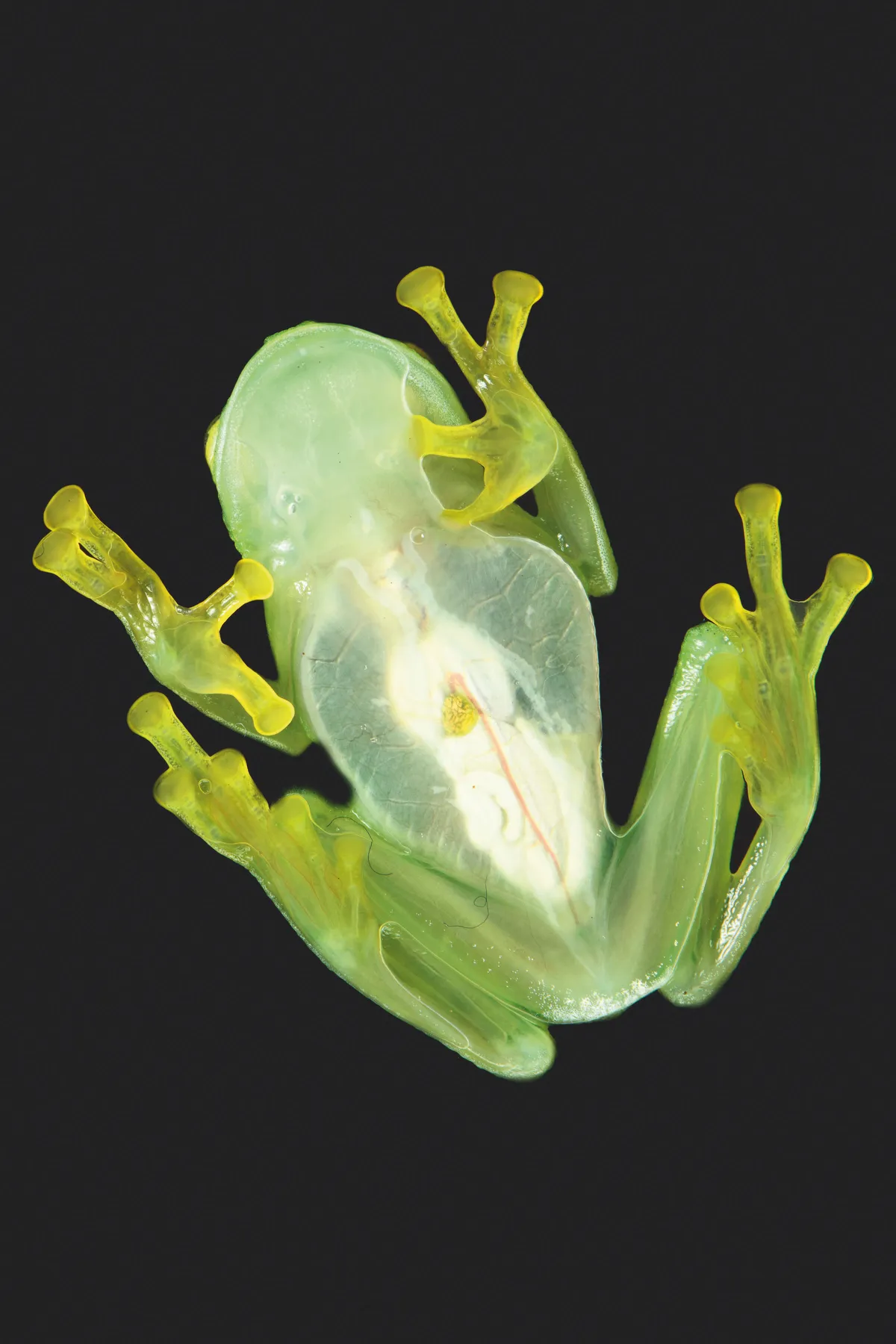
How old is the Amazon?
No one knows for sure. Some think that the Amazon rainforest began to form during the Eocene, around 55 million years ago, after temperatures dipped and the Atlantic Ocean widened enough to provide the region with a warm, moist climate.
Some experts think it happened later, around 15 million years ago, after the South American and Nazca tectonic plates smashed together to form the Andes, creating a massive freshwater lake that covered the Amazon basin. Several ice ages later, and water started to flow from the Andes into the ocean. The Amazon River was born. Sediments from the mountains washed into the Amazon basin, creating the soils needed for the rainforest to grow.
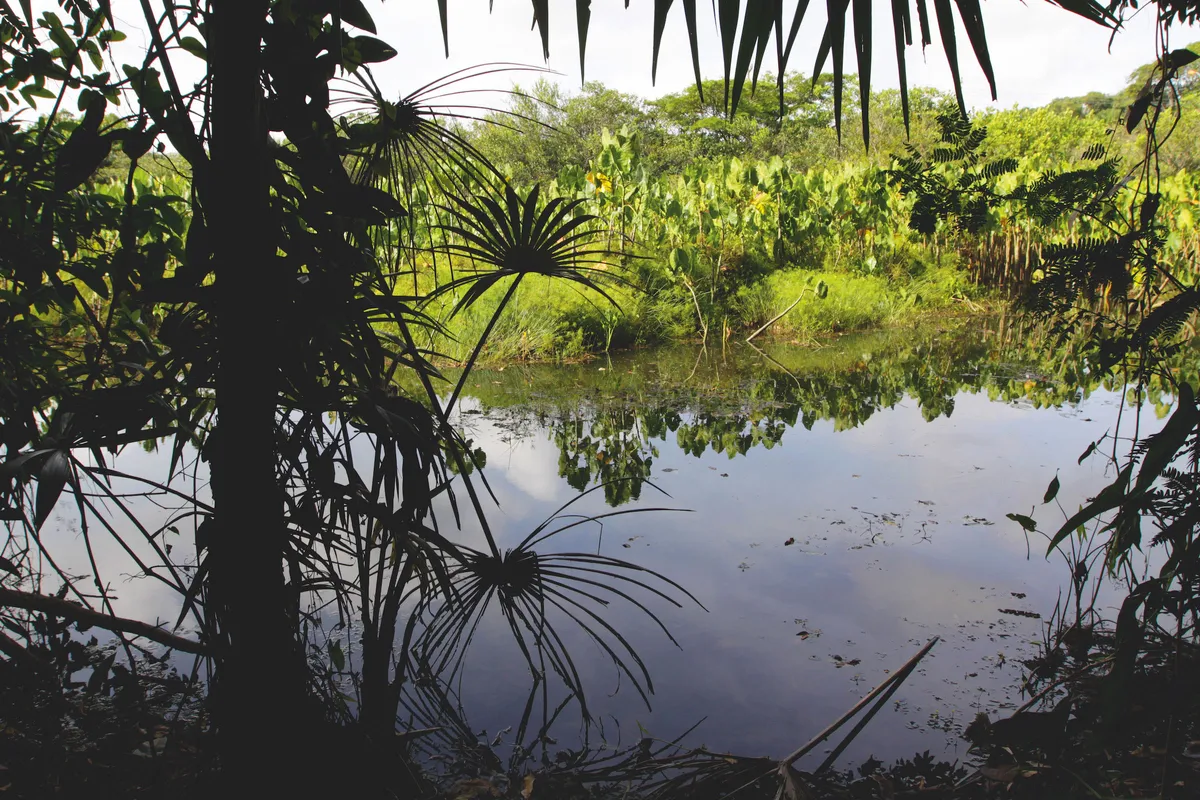
Others think it is more recent still. Onestudysuggests that up to a fifth of the Amazon basin could have been grassland until a natural shift to a wetter climate around 2,000 years ago prompted the growth of more trees.
Why is the Amazon so important?
Every species that lives here is important, not just in its own right, but because it plays an important role in the broader ecosystem. There are predators, scavengers, seed dispersers, decomposers and pollinators, to name but a few.
They provide vital resources for the indigenous people who still live here, as well as a reservoir of potential solutions to global-scale problems. The discovery of ACE inhibitors, which are now routinely used to treat high blood pressure, was inspired by studies of the venomousBrazilianviper.
Meanwhile, leaf-cutter ants, which collect leaves to fertilise the fungi on which they feed their larvae, avoid foliage rich in natural fungicides. Studying them could help us to discover new antifungal compounds.
The Amazon rainforest is sometimes called the ‘lungs of the Earth’ because it ‘breathes in’ carbon dioxide and ‘exhales’ oxygen on a massive scale
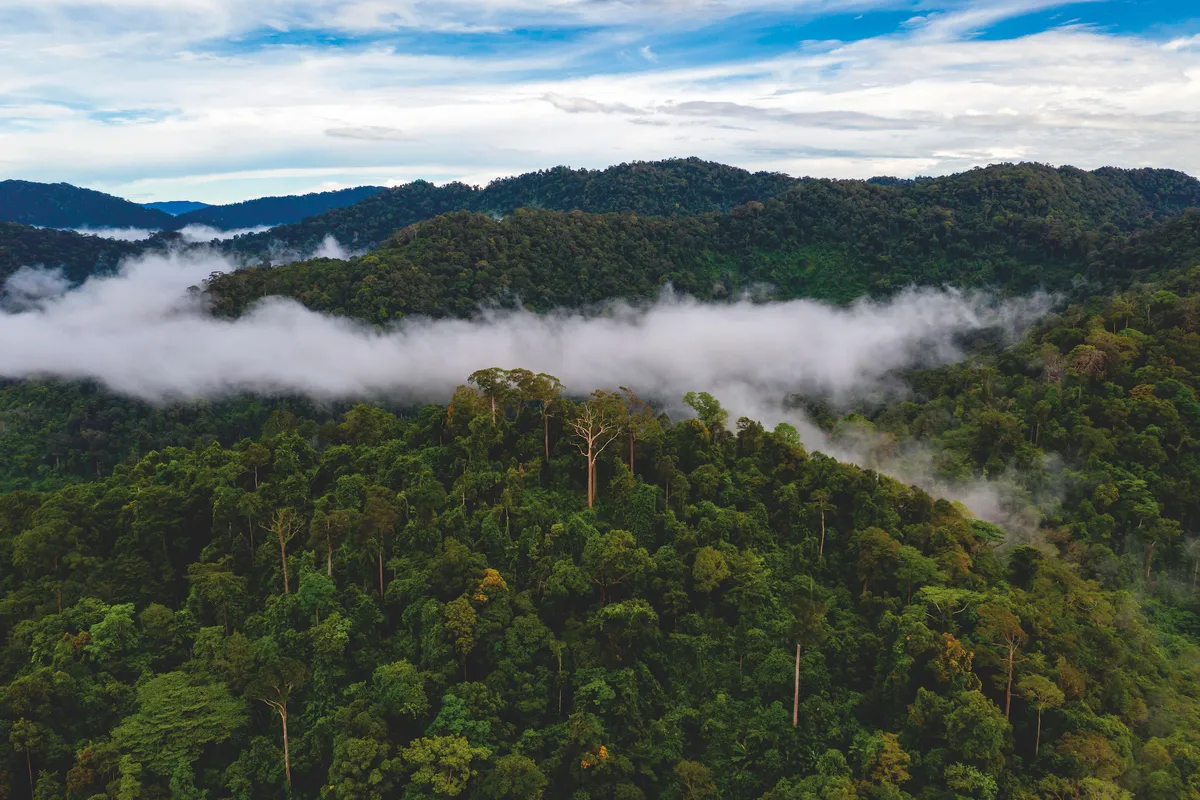
Water vapour released from the forest creates enormous ‘flying rivers’ in the sky, influencing weather systems near and far. Up to 50 per cent of rainfall in the Amazon comes from the forest itself, but it also delivers rain as far south as Argentina, where it helps to support agriculture.
The bigger picture, however, centres on the rainforest’s ability to store carbon. The Amazon rainforest is sometimes called the ‘lungs of the Earth’ because it ‘breathes in’ carbon dioxide and ‘exhales’ oxygen on a massive scale. About 123 billion tons of carbon is sequestered in the Amazon’s forests and soils.
What happens if we keep cutting the Amazon down?
The rainforest is being felled to make way for cattle ranches, and plantations of soy and other crops. Climate change, mining, timber production and the development of roads, houses and other infrastructure are also contributing to its demise.
More than 18 per cent of the Amazon rainforest has so far been destroyed, and a further 17 per cent is degraded. As their habitats disappear, many species, such as the golden lion tamarin and the South American tapir, are being driven to extinction.
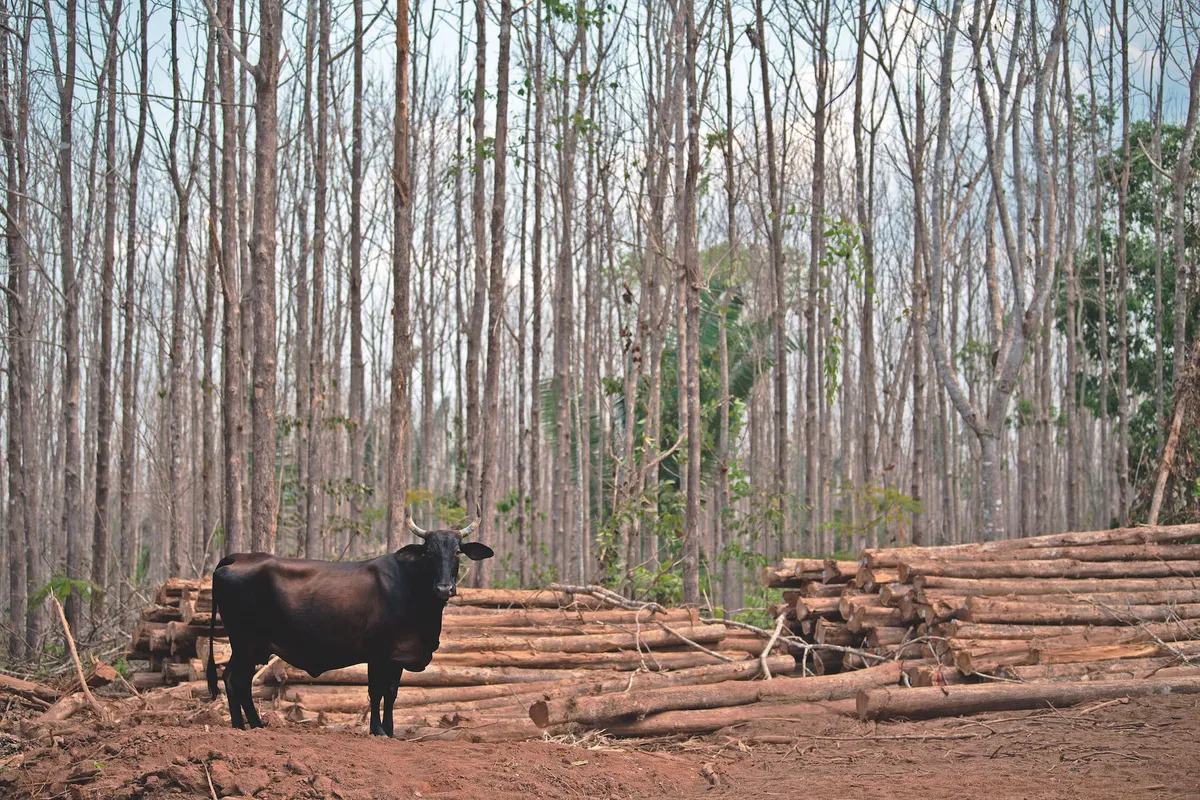
Felling and burning eliminates carbon dioxide-absorbing trees, and releases their stored carbon back into the atmosphere.
A study from 2021 revealed that every year, the rainforest is now emitting around one billion tonnes of carbon dioxide more than it can absorb. A vital carbon sink is turning into a carbon emitter.
The destruction of the Amazon rainforest is fuelling climate change, and now scientists fear it is close to a tipping point, beyond which it will be unable to generate its own rainfall and support its ecosystems. Parts of the rainforest could morph into fire-prone, arid savannah. With few trees, the carbon-sequestering ability of this land would be further eroded, with negative repercussions for climate change.
How much of the Amazon is still unexplored?
Trekking through the dense, intact rainforest is not easy, so parts of the Amazon rainforest remain unexplored. No one knows exactly how much is unchartered, but technology is helping researchers to study these hard-to-reach areas.
Scientists flew a remote sensing device over part of the Bolivian Amazon, using a laser to map the land. Theimages, released last year, revealed the presence of two ancient settlements, complete with conical pyramids, earthen buildings and artificial terraces, surrounded by a network of raised causeways (pictured below). People probably lived in the areas around the terraces, and used the causeways to get around. There were also reservoirs and canals.
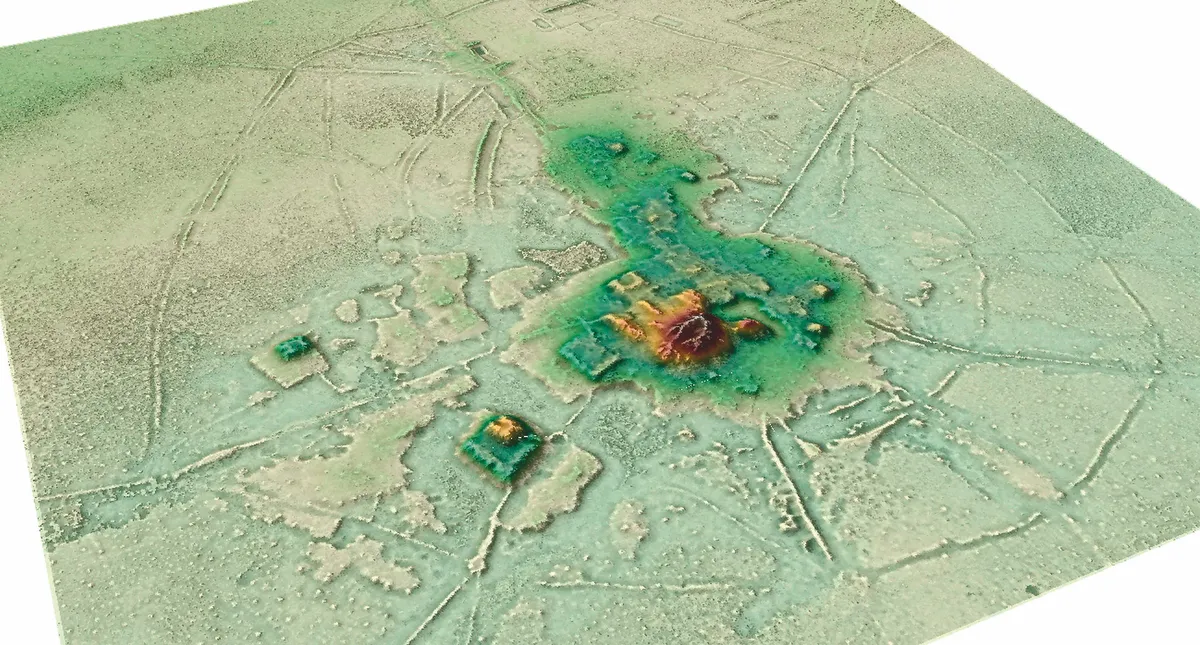
The site confounds the prevailing narrative which dictates that before the Europeans arrived, the Amazon was a pristine wilderness, unchanged by the indigenous populations.
Instead, it’s now thought the land was modified by the Casarabe culture, who lived here between 500 and 1400 AD. It’s yet another reason to study and preserve the Amazon. Scientists now think there could many other lost cities just waiting to be found.
Can the Amazon rainforest be regrown?
It’s better not to cut it down in the first place, but given time, tropical rainforests can sometimes regenerate. According to one study of rainforests across three continents, soil takes around 10 years to regain its original status, plant and animal biodiversity takes around 60 years, and overall biomass takes around 120 years.
This is largely due to a phenomenon called ‘secondary succession’, where nearby pockets of forest and flora help to fuel new growth. Left alone, some tropical forests can achieve around three-quarters of their old-growth status in just 20 years.
It’s a better approach than planting new trees. The same study found that natural regeneration outperforms restoration planting in terms of biodiversity, recovering nutrients and mitigating climate change. This is only possible, however, if there is enough flora and fauna nearby to seed the change.
Brazil is home to around 60 per cent of the rainforest. It’s promising, then, that at the COP27 climate summit in Egypt’s Sharm El Sheikh, Brazil’s recently-elected president, Luiz Inácio Lula da Silva promised to stop all deforestation and degradation in the Amazon by 2030.
Read more:
